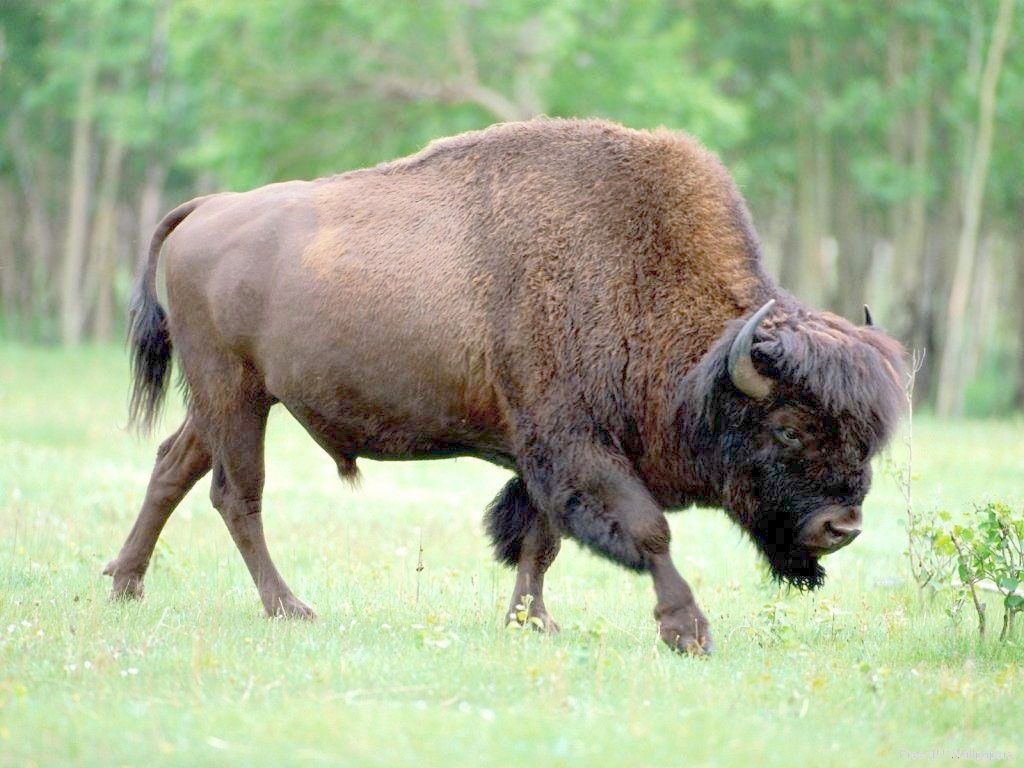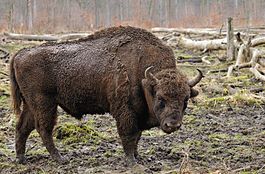Fox lifestyle
The fox belongs to the genus of mammals of the canine family. Lives in almost all regions of the CIS. The only exceptions are the central parts of deserts and tundra.
She is beautiful and graceful: a red fur coat with a light chest, a fluffy tail, an elongated body on slender legs in black “stockings”; pointed muzzle with brown eyes. But there are gray foxes with a reddish stripe along the back, and black-brown ones. In total, more than 11 species are known. The coloring of all foxes is similar in that they have dark ears and a white end of the tail. The fox is a great hunter. In terms of color, all foxes have in common the fact that they have dark ears and a white end of the tail.
Southern foxes are smaller than northern ones. Their body length is approximately 50 centimeters, their tail is about 35 centimeters, their shoulder height is up to 35 centimeters, their weight is 3-4 kilograms.
The northern fox’s body length is up to 90 centimeters, tail – 60 centimeters, shoulder height – up to 35 centimeters, weight – up to 10 kg. This cheat prefers to settle in other people's homes. Badger holes are especially popular with her.
In winter, the fox visits the hole only occasionally, when it is necessary to hide from severe frosts or from persecution. The red-haired beauty prefers to spend the day lying down on some elevation. He sleeps curled up and hiding his nose at the base of his tail.
In addition to observation and intelligence, she has an excellent memory, a good sense of smell and remarkably acute hearing. The fox's voice resembles a jerky bark, which turns into a ringing, thin squeal.
Food
The fox goes for prey mainly at night, but in sparsely populated and quiet areas it hunts during the day. She sneaks very quietly and carefully, from time to time she looks around and sniffs the air, tries to hide as best as possible, for which she chooses her path between stones, bushes and in tall grass.
Usually she does not leave the forest, and if she has to run across a clearing, she decides to do so only when she finds cover in the form of bushes and large stones.
Being a predator, the fox eats a wide variety of animals. The fox's diet includes 30 species of animals and about 100 species of plants. A variety of animals can become prey for a fox, ranging from a young roe deer to a cockchafer. She happily eats mice, hares, rabbits, amphibians, and reptiles, digs earthworms out of the ground after rain, and catches fish and crayfish in the river. But the red-haired rogue especially loves to feast on birds. That's why she often looks into the chicken coop. The fox successfully supplements its meat diet with berries, apples and vegetables.
However, the main prey of the fox is mice. She needs about 15-20 rodents per day. The fox mouses beautifully: a bright red animal is busily trotting across a snowy field, then it froze for a second, shot up like fiery lightning and dived headfirst into the snow, only its tail darting along the surface.
The predator makes provisions for a rainy day and always finds them easily.Reproduction
In spring or early summer, fox cubs appear in a fox's hole. They are born helpless. Newborns are blind, deaf, have no teeth, are warmed only by not very thick dark brown fluff, and weigh only 100-150g. In one family there are from 2-3 to 12-13 puppies. It is difficult to feed such a family and therefore both parents work all the time. But the father does not always take part in raising fox cubs. Often he is chased away by someone else's fox and adopted by his children. This strange situation is not really that strange. If someone else's fox was able to drive away the father, it means he is stronger, he will take better care of the children: he will be able to bring more food. And the “stepfather” really takes care of the fox cubs as if they were his own children: he brings food, teaches them to hunt, and gives a signal if he sees danger. After a month and a half, the fox cubs are frolicking around the hole: they play with each other and pester the adults. When in danger, they hide in a hole. But finding their hole is quite easy. Foxes are unclean, so the area around their holes usually smells very bad. After four months, the fox cubs grow up and begin an independent life.



No comments here yet.